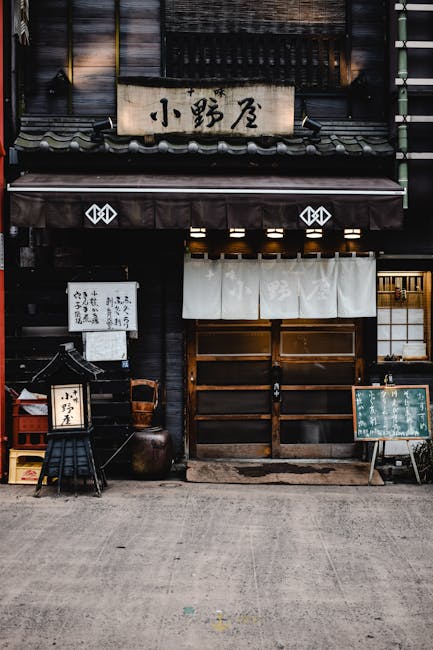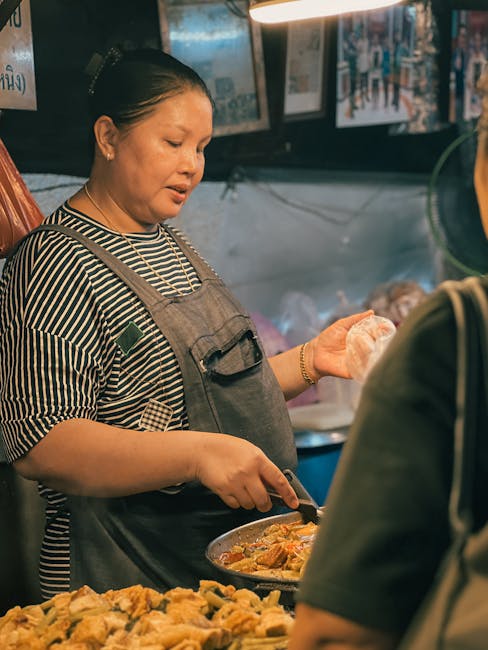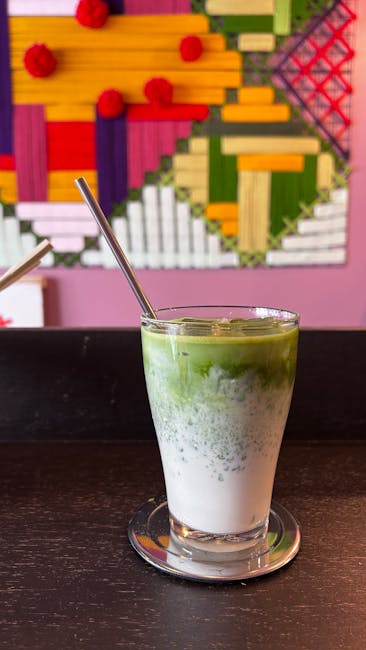Is Japanese Costco BETTER than American Costco? The Cost of Food in Japan + FULL STORE TOUR

Is Japanese Costco BETTER than American Costco? The Cost of Food in Japan + FULL STORE TOUR
Konnichiwa, style-Japanese enthusiasts! It's your girl, Hana, back with another deep dive into the intersection of design, everyday living, and… Costco! Yes, you read that right. I recently embarked on a mission, fueled by curiosity and a serious craving for bulk-sized savings, to explore a Japanese Costco. Now, as a longtime American Costco devotee, I couldn't help but wonder: Is Japanese Costco better than its American counterpart? And more importantly, what does it reveal about the cost of food and lifestyle in Japan? Let's find out!
Before we jump in, let me preface this by saying I love a good warehouse haul. There's something inherently satisfying about stocking up on essentials and discovering unexpected treasures, all while feeling like you're getting a fantastic deal. But what happens when you transplant that very American concept to Japan? Does it work? Does it feel… different? The answer, as you might expect, is a resounding yes. Prepare for a journey filled with uniquely Japanese twists, delightful surprises, and maybe even a little bit of sticker shock.
First Impressions: Ambiance and Layout

My Costco adventure began at the Makuhari warehouse near Tokyo. The first thing that struck me was the sheer size. It felt comparable to a larger American Costco, sprawling and filled with the promise of bulk bargains. However, the atmosphere was noticeably different. Perhaps it was the impeccably clean floors, the quiet efficiency of the staff, or the slightly more subdued lighting, but there was an undeniable sense of order and calm. It felt… less chaotic. Dare I say, more zen?
The layout was also intriguing. While the general arrangement of departments (electronics, clothing, groceries, etc.) mirrored the American model, the specific product placement and the ratio of certain categories were markedly distinct. For example, the seafood section was significantly larger and more diverse than I've typically seen in the US, reflecting Japan's deep connection to the ocean and its culinary traditions. Conversely, the oversized appliances and furniture section felt smaller, perhaps due to the generally smaller living spaces in Japan.
The Food: A Culinary Adventure in Bulk

Now, let's get to the heart of the matter: the food! This is where the Japanese Costco truly shines. Prepare to be transported to a world of unique and enticing offerings that you simply won't find in your average American warehouse.
Fresh Seafood: As I mentioned, the seafood section was a spectacle. Giant slabs of tuna, glistening salmon fillets, boxes of perfectly formed scallops, and even live abalone were on display. The quality looked incredibly high, and the prices, while not cheap, seemed reasonable for the freshness and quantity. The sheer variety was mind-boggling, showcasing the bounty of the surrounding waters.
Wagyu Beef: Need I say more? Japan is famous for its exquisite Wagyu beef, and Costco didn't disappoint. Beautifully marbled cuts of A5 Wagyu were available, albeit at a premium price. But if you're looking to indulge in a truly special culinary experience, this is the place to do it. Imagine hosting a yakiniku (Japanese BBQ) party with Costco-sized portions of Wagyu! Dreamy.
Sushi and Ready-Made Meals: Forget the sad, pre-packaged sushi you might find at some American Costcos. The Japanese Costco offered a stunning array of freshly made sushi platters, bento boxes, and other ready-to-eat meals. The presentation was impeccable, and the ingredients looked incredibly fresh. This is a perfect option for a quick and easy weeknight dinner, or for impressing guests with a beautifully arranged platter of sushi.
Japanese Snacks and Confectionery: This is where my willpower crumbled. Aisles upon aisles of Japanese snacks, candies, and chocolates awaited, each more tempting than the last. From classic Kit Kats in unique Japanese flavors (matcha, anyone?) to bags of crispy rice crackers and mochi, the selection was overwhelming. I may have (slightly) overindulged in this section. Hey, it's research!
Alcohol: The alcohol selection was also impressive, with a wide range of Japanese beers, sake, and shochu available in bulk. The prices were generally competitive, making it a great place to stock up for parties or just to have on hand for relaxing evenings at home.
The Cost of Food in Japan: A Costco Perspective

Beyond the specific products, my Costco visit offered a fascinating glimpse into the general cost of food in Japan. While some items, like certain imported cheeses and meats, were comparable in price to the US, others were significantly more expensive. Fresh produce, in particular, seemed to carry a higher price tag, likely due to the limited availability of agricultural land and the emphasis on quality and aesthetics.
Let's break down some approximate costs (keep in mind these can fluctuate):
Examples of Items and Prices (Approximates):
- Wagyu Beef (A5): Expect to pay a premium, potentially hundreds of dollars for a large cut.
- Salmon Fillet: A generous portion could cost around $30-$40.
- Sushi Platter: A large platter with various types of sushi could range from $25-$50.
- Japanese Beer (Case): Around $30-$40, depending on the brand.
- Rice (Large Bag): $20-$30, depending on the variety.
- Imported Cheese (e.g., Cheddar): Similar to US prices.
- American Cereal (e.g., Cheerios): Can be slightly more expensive than in the US.
It's important to note that these are Costco prices, which are generally lower than what you'd find in a regular supermarket. However, they provide a good benchmark for understanding the relative cost of different food items in Japan. Generally, be prepared to pay more for high-quality, locally sourced produce and seafood, while imported items may be similarly priced to what you're used to.
Beyond Food: Unique Japanese Finds

Costco isn't just about food, of course. The Japanese Costco also offered a range of other products, some of which were uniquely Japanese or reflected the country's design sensibilities.
Home Goods: I spotted some beautiful Japanese ceramics, minimalist storage solutions, and high-quality bedding. The emphasis was on functionality and understated elegance, reflecting the Japanese aesthetic of "wabi-sabi" (finding beauty in imperfection).
Electronics: The electronics section was similar to what you'd find in an American Costco, but with a greater emphasis on energy-efficient appliances and smaller, more space-saving designs.
Clothing: The clothing selection included a mix of international brands and Japanese labels. I noticed a greater focus on comfortable, practical clothing, with a preference for natural fabrics and neutral colors.
Gardening Supplies: Even the gardening supplies had a Japanese twist. Bonsai trees, meticulously crafted gardening tools, and beautiful ceramic planters were on display, reflecting Japan's deep appreciation for nature and its artful approach to gardening.
Navigating the Language Barrier

Now, let's address the elephant in the warehouse: the language barrier. While many of the product labels had English translations, especially for imported items, a basic understanding of Japanese is definitely helpful. Knowing how to read katakana (the phonetic alphabet used for foreign words) will allow you to decipher the names of many imported products. And of course, being able to communicate basic needs and questions to the staff will make your shopping experience much smoother. Don't be afraid to use translation apps or ask for help – the staff are generally very friendly and willing to assist.
Is Japanese Costco BETTER? My Verdict

So, the million-dollar question: Is Japanese Costco better than American Costco? The answer, as with most things, is nuanced. It depends on what you're looking for.
For Unique Japanese Products: If you're seeking an authentic taste of Japan and want to discover unique Japanese snacks, seafood, and home goods, then the Japanese Costco is a clear winner. The selection is unparalleled, and you'll find items that you simply won't find anywhere else.
For Value: While some items are cheaper than in regular supermarkets, overall, I didn't find Japanese Costco significantly cheaper than regular Japanese stores - especially for things like produce. For certain things, like American brand cereals, you might even pay slightly more.
For Convenience: If you're comfortable navigating a foreign language and are willing to embrace a slightly different shopping experience, then the Japanese Costco can be a fun and rewarding adventure.
For Overall Experience: The Japanese Costco offered a more refined and less chaotic shopping experience than its American counterpart. The emphasis on quality, cleanliness, and customer service was evident throughout the store.
My Personal Recommendation: If you're visiting Japan and have the opportunity to visit a Costco, I highly recommend it. It's a fascinating cultural experience and a great way to discover new and exciting products. Just be prepared for some potential sticker shock and don't forget your reusable shopping bags!
Ultimately, whether Japanese Costco is "better" is a matter of personal preference. But one thing is certain: it's a unique and unforgettable shopping experience that offers a fascinating glimpse into Japanese culture and the cost of living in Japan. And that, my friends, is a valuable experience in itself.
Full Store Tour: A Video is Worth a Thousand Words

To truly capture the essence of the Japanese Costco experience, I filmed a full store tour! You can find it on my YouTube channel [insert YouTube channel name here - replace with actual name]. In the video, I'll walk you through the aisles, highlight some of the most interesting products, and share my thoughts on the overall shopping experience. Be sure to subscribe so you don't miss it!
Until next time, sayōnara and happy shopping! Don't forget to share your own Japanese Costco experiences in the comments below. What are your favorite finds? What surprised you the most? I'd love to hear from you!
And remember, style-Japanese is more than just aesthetics; it's about embracing beauty and practicality in every aspect of your life, even when you're stocking up on toilet paper in bulk!
Post a Comment